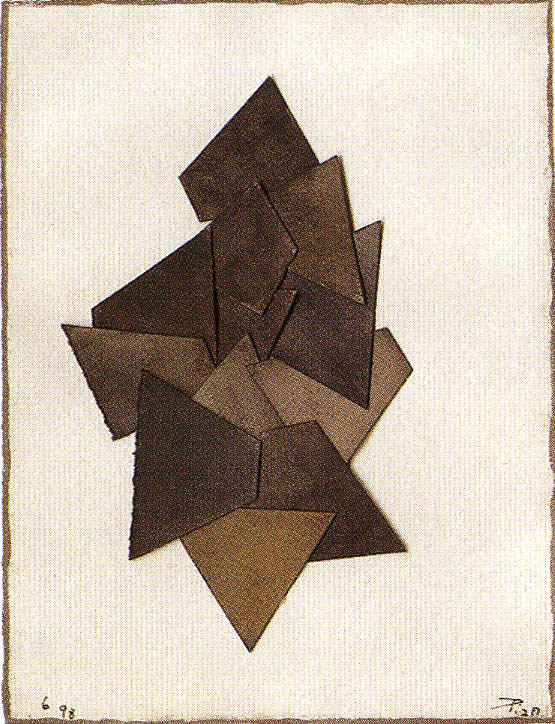While living a studious youth in São Paolo, Arthur-Luiz Piza nourished a profound complicity with the rural Indian milieu, in the northwest province of Brazil, land of his origins. He thus studied painting with a local artist before leaving Brazil in 1951, after the São Paolo biennale, in order to move to Paris. That would be the beginning of a career of painting and engraving soon to be crowned by numerous prizes and international recognition. His evolution led him at first to multicolored paper collages, then his need of space led him to approach sculpture, in the unusual material of metallic lattices enlivened by formal elements in paper— or in the amalgams of his compositions modeled by hand. His works were sometimes destined for the wall, sometimes free in space, resembling encounters and dialogues of presences, beginning a challenge to space in his quest toward an infinite and non-temporal dimension.
Three exhibitions were dedicated to him at the gallery: in 1999, in 2005 on the occasion of the Year of Brazil in France, presenting his new transparent scores in metallic meshings, and then in 2012. His works figure in the collections of the principal international museums: Paris (MNAM et MAM), Saint-Etienne, Sarrebrück, Lodz, Vienna, Rome, London, New York (Guggenheim and MoMA), Chicago, Portland, Rio de Janeiro, and São Paulo.









